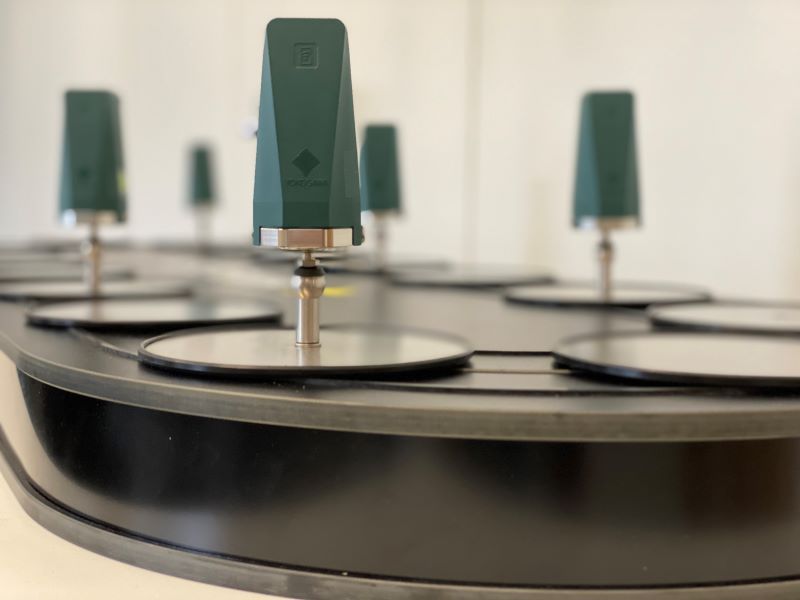Plant managers are continuous on the lookout for ways to improve the productivity and efficiency of plant processes. There is a growing need for solutions that simplify the collection of data from equipment. Yokogawa realized this demand in the process industry. Hence in 2019, the Sushi Sensor – a compact, wireless sensor for measuring vibration and temperature – was launched. This smart sensor is also optimized for Industrial IoT applications (IIoT). But what makes the Sushi Sensor special? For which assets are they applicable to and how does it realize preventive maintenance? In this blog, we’re going to answer 7 frequently asked questions about the Sushi Sensor.
Why the name ‘Sushi Sensor’?
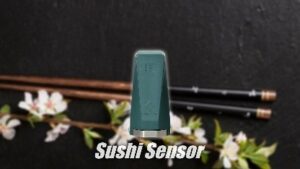
In July 2020, Yokogawa announced the release of new pressure and temperature sensors for the Sushi Sensor wireless industrial IoT (IIoT) solution in Europe, North America, and specific Southeast Asian markets. The new sensors facilitate the online collection of pressure and temperature data from equipment such as tanks and furnaces. They supplement the vibration and surface temperature monitoring capabilities of the integrated XS770A wireless vibration sensor launched in 2018. The expanded sensor lineup allows for equipment condition monitoring based on a wider variety of plant data. This in turn enables the reduction of equipment inspection man-hours. Signs of equipment abnormalities are detected at an early stage.
There are three types of Sushi Sensors:
- Wireless Vibration Sensor
- Wireless Temperature Sensor
- Wireless Pressure Sensor
What is the Sushi Sensor used for?
The Sushi Sensor is mainly used for predictive maintenance on assets such as pumps and motors. This wireless sensor collects data once an hour, enabling operators to detect process anomalies at an early stage. The Sushi Sensor is optimized for Industrial IoT applications (IIoT) and is part of the integrated IIoT program JOIN – an all-in-one solution of consultancy, cloud, network, and sensors. By connecting smart sensors to systems such as pumps and motors, they collect data and use analytics or machine learning to optimize plant processes. The sensor uses LoRaWAN, a low-power wide-area (LPWA) wireless data communication protocol that attracts a lot of interest from developers for use in IIoT applications.
What’s LoRaWAN?
LoRaWAN is one of the communication standards called a Low Power Wide Area (LPWA), which is specifically designed for IoT communication that processes small amounts of data such as sensor data. Thanks to its low power consumption, it enables long-distance wireless communication. The Sushi Sensor can be easily mounted on assets and facilitates communication within large factory environments.
How is it different from ISA100 Wireless?
ISA100 Wireless is a wireless communication system suitable for high-speed, high-reliability instrumentation. LoRaWAN, which is used in Sushi Sensor, features long-distance communication, and long battery life but is not suitable for large-volume, frequent communication.
Why is it important to detect process anomalies?
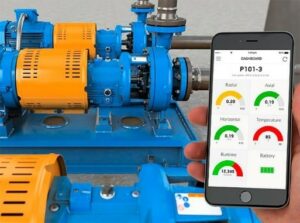
In order to achieve optimal operational management, it is crucial that downtime is reduced to a minimum. By using smart sensors, more data can be collected during the process. In the oil and gas sector, vibration sensors such as the Sushi Sensor are used in rotating equipment, such as motors, pumps, and fans. Most of these assets are currently not monitored. Maintenance engineers have to manually check the condition of the equipment in the plant. However, when the Sushi Sensors are attached to these devices, manual inspection is unnecessary. The service technician uses a dashboard to check the status of all connected devices. Warnings are displayed when maintenance is required. This prevents unplanned plant downtime and high maintenance costs.
Are there practical use-case examples?
The Sushi Sensor XS770A was installed on pumps for six months and collected data on an hourly basis of surface temperature, vibration velocity, and acceleration. When the acceleration value increased, an alarm was given. The pump was disassembled immediately. The result? A broken bearing. The customer avoided an unexpected plant shutdown and saved costs.
How can I start asset monitoring with the Sushi Sensor?
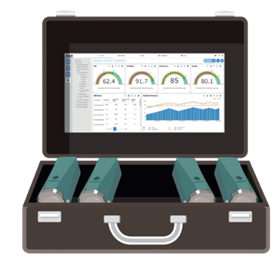
The best way to start monitoring your assets is to implement JOIN starter kits that include Sushi Sensors. These kits are the perfect cost-effective and plug-and-play solution for specific industrial applications. It contains everything for asset monitoring, from wireless sensors to early warnings. The JOIN Starter Kit includes:
- IIoT Sensors (e.g. Sushi Sensors)
- 1 Private LoRaWAN gateway
- Dashboards
- Algorithms
- Email notifications
The JOIN Starter Kit is suitable for engineers and plant managers who wish to start with IIoT to realize preventive maintenance. The starter kits are sent by post and are easy to implement with a quick reference card and detailed instructions. The dashboards and algorithms are already present before the hardware arrives at the plant due to the ready-made templates. You will receive a login account and can start monitoring immediately. In case of an anomaly, you will immediately receive an e-mail or SMS.
More information or questions?
The IIoT is changing business and a rising trend, especially during current uncertain times. Activities that used to be ‘only possible on-site’ are now supervised from remote. The convergence of information technology and operational technology (ITxOT) plays a major role in this transformation. This also means that we must adapt to new technologies. Do you have questions about the Sushi Sensor or the JOIN program? Contact us here or follow JOIN on LinkedIn.
Related Products & Solutions
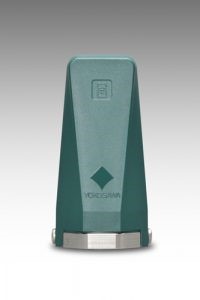
JOIN: An Integrated IIoT Program
JOIN is an open, collaborative IIoT program that offers a complete value chain from consultancy, data collection, connectivity, cloud, predictions, and dashboards. It is an all-in-one IIoT platform of solutions and services, providing comprehensive IIoT solutions for business automation in diverse industries. JOIN has three main pillars: Connect, Predict, Accelerate.
Interesting time for the next step towards autonomous plants
